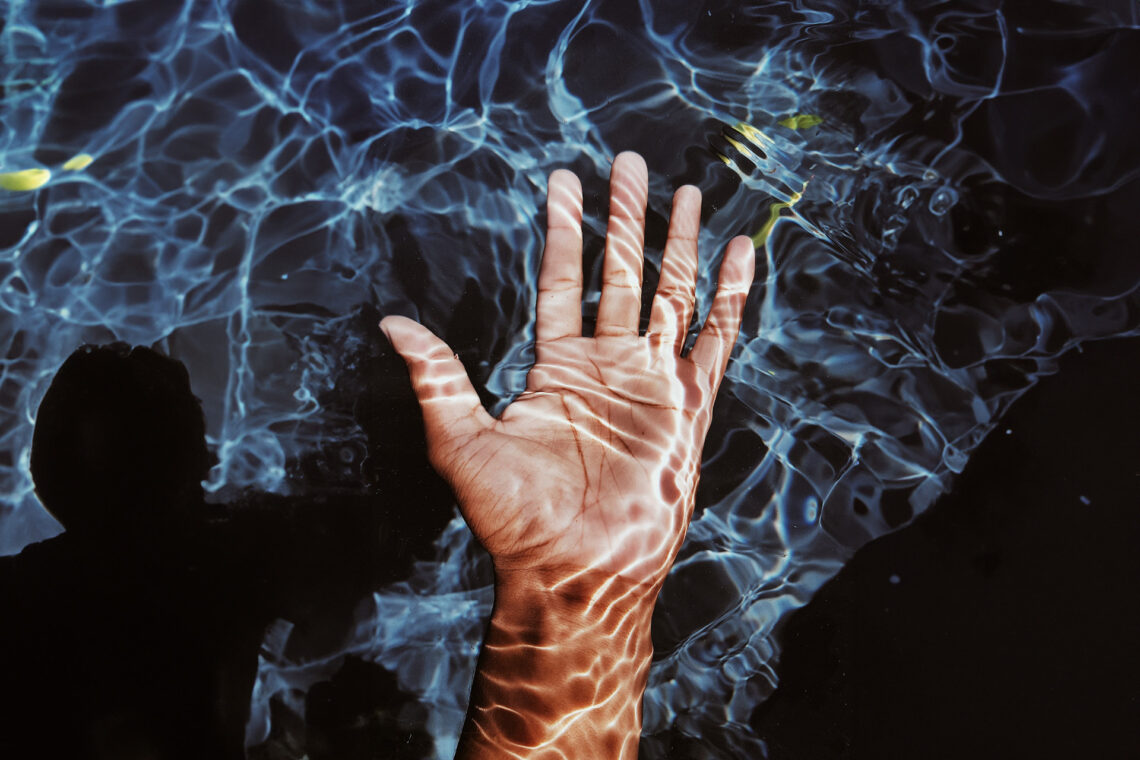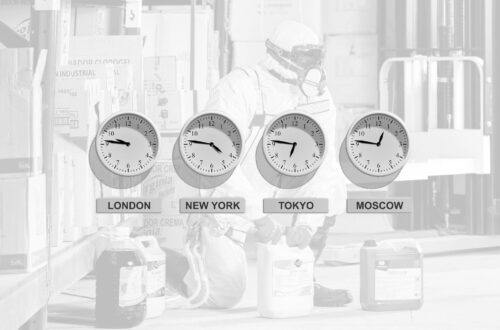
Unraveling the Depths of Ho’oponopono: A Glimpse Beyond the Surface
The Mysterious Dance of Dreams and Stories
Dreams, tales, and myths, with their uncanny resonance and profound narratives, have captivated human consciousness for centuries. They hint at something deeper within the human psyche, a shared realm that Swiss psychiatrist Carl Jung termed the collective unconscious. Yet, as intriguing as Jung’s 20th-century studies on shamanic traditions and Analytical Psychology are, they serve as just a modern attempt to decipher an age-old enigma. Ho’oponopono offers another interpretation – a refreshing, more straightforward model, reminding us of the fluidity of perceived boundaries in the human psyche.
Understanding the Puzzle Pieces: Archetypes in Focus
Archetypes, according to Jung, are universal symbols inhabiting our collective unconscious, analogous to ho’oponopono’s Amakua or Superconscious. They are the foundations upon which cultures construct myths and individuals frame perceptions. But it’s essential to realize that while archetypes might shape our world view, their interplay with the Subconscious Inner-Child (Unhipili) means they act as triggers for karmic-data.
Ho’oponopono’s Tripartite Psyche: A Wholesome Perspective
The ho’oponopono psychological framework divides the human psyche into three: the conscious realm of awareness, the subconscious storage of memories and karmic-data, and the collective superconscious or the reservoir of archetypes. This division holds deeper revelations, pointing towards the complex relationship between the DNA programming of the subconscious and the archetypes of the superconscious.
Delving Deeper: The Dual Play of Persona and Shadow
Our persona represents the face we show the world, a chosen mask. In contrast, the shadow is the repressed, often darker elements of our psyche. The intriguing part? Ho’oponopono suggests that our emotions and reactions, often attributed to the shadow, are linked to the karmic-data of our subconscious inner-child. Cleaning this data, therefore, becomes the key to self-awareness and genuine healing.
Anima, Animus, and the Dance of Tendencies
In every male psyche, there’s a feminine essence, the anima, and vice versa with the animus in females. Recognizing and integrating these opposite tendencies through ho’oponopono leads to profound self-understanding and equilibrium.
Journey to Wholeness: The Self and its Significance
The culmination of all psyche elements is the self, the fount of intuition, creativity, and spiritual revelations. Both Jung and ho’oponopono emphasize the importance of this integration for authentic self-realization, albeit via different paths.
Complexity Beyond the Obvious: Archetypes and Their Multifaceted Roles
Archetypes aren’t just limited to persona, shadow, or anima/animus. They manifest in varied narratives, influencing our collective psyche in more ways than one. Yet, their existence and agency in ho’oponopono are closely tethered to the superconscious and its connection with the divine potential.
Archetypes, Reality, and the Eternal Questions
While archetypes might offer structures, their agency remains debatable. The ho’oponopono perspective sheds light on this by emphasizing the relationship between the superconscious and the Divine. It further elaborates on our ability to choose between karmic tendencies and Divine intuitions, hinting at a deeper control we might exercise over our destinies.
Mystical Revelations and Encounters
Certain experiences allow fleeting glimpses into the collective unconscious, showcasing our innate knowledge and bringing the theory of anamnesis to the fore. These encounters make us question the known and embrace the mysteries of the universe.
Ho’oponopono: Reveling in the Beauty of the Unknown
While Jung’s theories push us to embrace the enigma of the universe and confront our shadows, ho’oponopono, as expounded by Morrnah Simeona and Dr. Hew Len, offers an alternative. It suggests a path of absolute responsibility, emphasizing seeking forgiveness from our subconscious inner-child for the burdens of our karmic-data. Ultimately, both philosophies encourage a deep dive into self-awareness, prompting a journey that’s as mysterious as it is enlightening.


You May Also Like

The Dance of the Quantum and the Divine: A Journey through Ho’oponopono and Quantum Physics

Empowering the Subconscious for Continuous Cleaning
